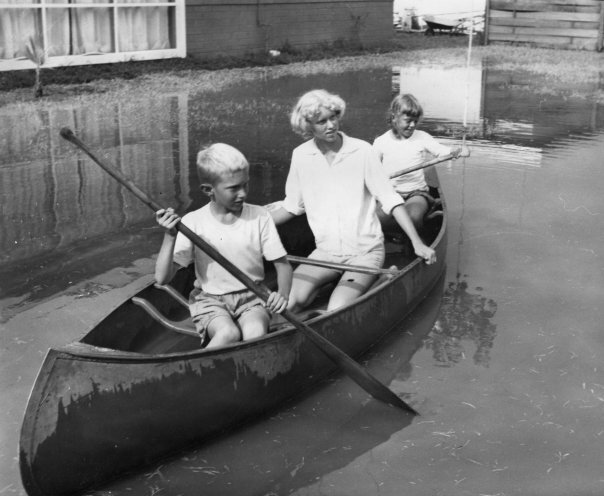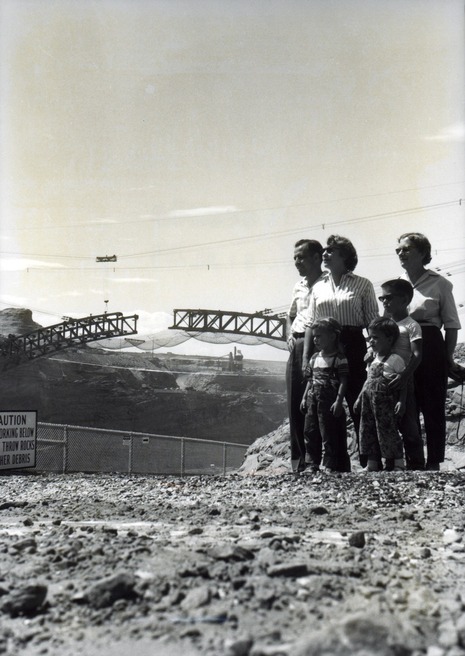UTA Cadet Corps Bio
University of Texas at Arlington
Cadet Corps Alumni Council
Lloyd Clark
Preparation for his 37-year service in the Army of the United States began for Lloyd Clark as an ROTC cadet at North Texas Agricultural College, where he served as commander of the corps in the summer of 1942. As an enlisted man, Clark edited the Camp Hood News (TX), in 1944, and upon completion of Officer's Candidate School in 1945 was assigned as the public relations officer at Aberdeen Proving Ground, MD. Ten of his years as a reservist were spent on active duty. Although he never served overseas, he had extensive experience in combat training - from participating with the U.S. Coast Guard conducting riverboat landings on the Mississippi River to directing operations of a simulated Vietnamese Village at Fort Gordon, Ga., where he served as an instructor at the Civil Affairs School, 1967-69. He was promoted to colonel in 1976 while heading the U.S. Army Reserve School at Fort Huachuca, AZ. He retired from military service in 1979 as director of the National Defense University's course in Phoenix in 1979. Clark was inducted into UTA's Military Hall of Honor in 1998.
Clark's Journalistic career began also at NTAC, where he edited The Shorthorn, 1941-42. During World War II and until 1948 he edited and published Express, a periodical that chronicled NTAC's ex-students' activities. (The UTA Libraries' Special Collections Division has a complete file of the publication that was a forerunner of the present alumni Association's magazine.) After World War II, Clark became a reporter for the Dallas Morning News while completing studies for a Bachelor of Science in Journalism degree at Southern Methodist University. Clark received a Masters in Public Administration from Arizona State University, Tempe, in 1972 and proceeded to serve in governmental regional offices in Flagstaff and Bisbee, AZ. He concluded his public service work as a program administrator for the Arizona Department of Transportation, Phoenix, in 1983. He was a reporter and editor for the Phoenix Gazette, an afternoon daily, for 16 1/2 years and continues to write a weekly column for the Daily News-Sun of Sun City, AZ.
Since then, he has taught Elderhostel and college courses on Arizona and military history, and currently lectures, writes, and conducts tours. He founded the Council on Abandoned Military Posts in 1966. CAMP, now known as the Council on America's Military Past, is a non-profit corporation with some 1,000 members. A former member of the board of the Arizona Historical Society, Clark has been that organization's delegate to the Arizona State Board on Geographic and Historical Names for nine years.
In 1993, the Lloyd Clark Journalism Scholarship was established at UTA by some of his NTAC classmates, led by Fred Freeman of Dallas, his college roommate. Under Auspices of the UTA Alumni Association, the endowed fund makes monetary grants annually to an outstanding student.
Lloyd Clark and his wife, Jean - a native of Prescott, AZ, reside in Surprise, AZ. They have a son and two daughters and eight grandchildren.



